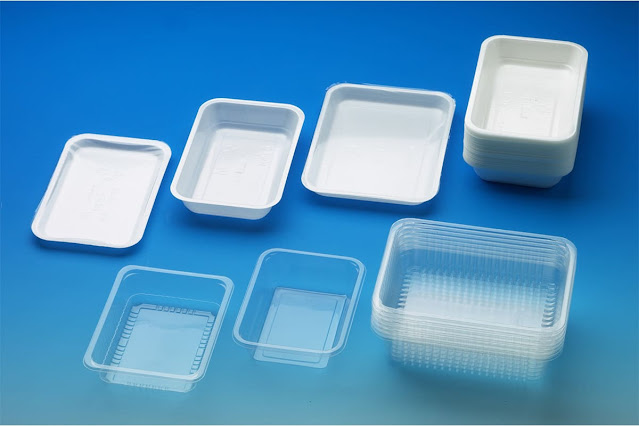Emerging Applications of Transparent Plastics in Automotive Design
Transparent plastics are experiencing a significant surge in adoption within the automotive industry, as manufacturers and designers explore innovative ways to improve vehicle aesthetics, safety, and performance. With their unique combination of properties, transparent plastics are finding new applications that push the boundaries of automotive design and technology.
One of the prominent emerging
applications of transparent plastics is in automotive lighting. Traditional
glass materials are being replaced with high-performance transparent plastics
like polycarbonate for headlights, taillights, and signal indicators.
Polycarbonate lenses offer superior impact resistance, which is crucial for
safety in the event of collisions or road debris. Moreover, their flexibility
allows for intricate and stylish designs that enhance the vehicle's visual
appeal. LED technology complements transparent plastics in automotive lighting,
as it enables the creation of sleek, energy-efficient, and adaptive lighting
systems that enhance visibility and safety during nighttime driving.
Another exciting area of
exploration is transparent plastics for panoramic roofs and windows. The trend
towards larger glass surfaces in vehicles has led manufacturers to experiment
with transparent plastics to reduce weight and improve fuel efficiency.
Polycarbonate and acrylic materials offer excellent optical clarity while being
significantly lighter than glass, contributing to better overall vehicle
performance. Additionally, the transparency of these materials enhances the
driving experience by allowing natural light to flood the cabin, creating an
open and spacious feel.
The Transparent
Plastics Market Size was valued at US$ 161.2 billion in 2022,
and it is expected to reach USD 214.91 billion by 2030, growing at
a CAGR of 3.66% during the forecast period.
Transparent plastics are also
making their mark in interior design elements. Transparent acrylic or
polycarbonate panels are increasingly used for dashboard trim, center consoles,
and infotainment screens. The incorporation of transparent plastics adds a
modern and luxurious touch to vehicle interiors, reflecting the driver's desire
for a more sophisticated and connected driving experience.
Furthermore, advancements in
transparent plastics are facilitating the development of smart surfaces and
displays within the vehicle. Flexible transparent screens and touch-sensitive
surfaces are being integrated into steering wheels, instrument clusters, and
other interior components, enabling intuitive user interfaces and enhanced
functionality. These smart surfaces enhance driver convenience and safety by
providing essential information and controls at the driver's fingertips.
Beyond aesthetics, transparent
plastics are playing a vital role in vehicle safety systems. Transparent
plastics are used in camera and sensor housings, which are integral
components of advanced driver-assistance systems (ADAS). These systems rely on
sensors to monitor the vehicle's surroundings and assist the driver in making
critical decisions. Transparent plastic housings protect these sensors from
environmental factors while maintaining their ability to capture accurate data.
As research and development in
transparent plastics continue to evolve, the automotive industry can expect to
see even more exciting and groundbreaking applications. From innovative
lighting solutions to futuristic smart surfaces, transparent plastics are
reshaping the automotive design landscape and driving the industry towards a
safer, more connected, and aesthetically pleasing future. With their
combination of functionality, versatility, and style, transparent plastics are
set to become an indispensable material in the ongoing evolution of automotive
design and technology.




Comments
Post a Comment